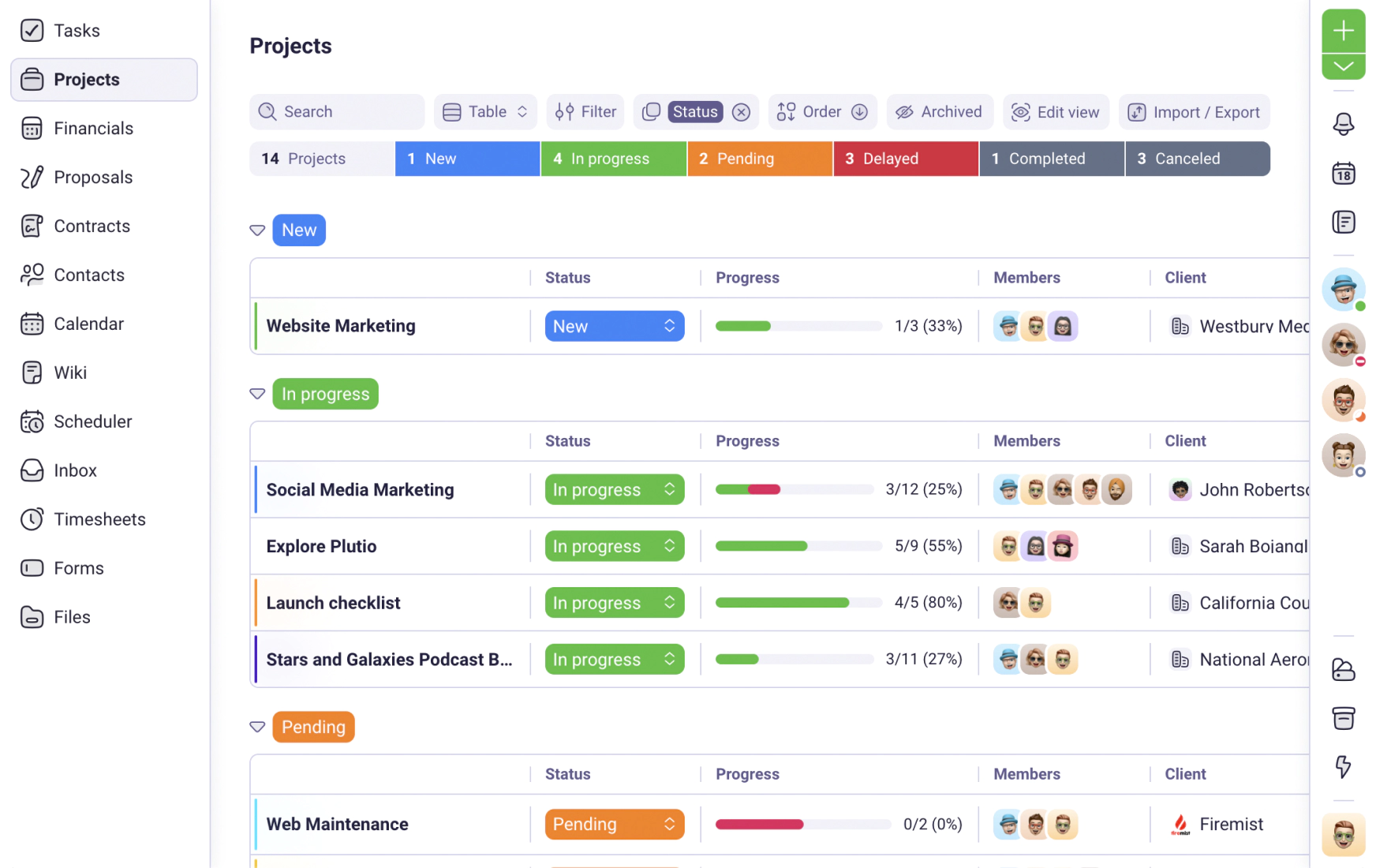We use cookies to personalise and enhance your experience.
Blog/Freelancing
8 onboarding tips for freelancers to build strong client relationships
August 5, 2021
What is client onboarding? Why is it important?
Things can be pretty tough as a freelancer, but they can be made easier by a strong onboarding process. This is the practice of taking steps to make sure new clients remain loyal. It can be achieved in several ways, but the bottom line is you have to make your clients feel appreciated and show you’re grateful to receive their business.
Client onboarding doesn’t stop once you’ve secured your client. It’s an ongoing process that lasts the entire project and centers around creating and maintaining a communicative and productive relationship.
It’s time to spruce up your ability to present over video and strap in for the ride! This article will give you eight handy onboarding tips to help you build the strongest client relationship you can.
1. Get To Know Your Client
So you’ve been approached by a potential client. Brilliant! But as you know, things are never that simple. Your regular automated onboarding process won’t cut it here. You need a tailored approach that ensures your client sticks with you for the duration of the project - and even returns for more.
The first step is getting to know them. What are they looking to purchase from you? What service do they want you to perform? Who will be your client contacts? These are all questions to ask before beginning your project.
You should familiarize yourself with the client in a more personal way. Introduce yourself and tell them a bit about who you are and what you do. As important as getting to know your client is, the client must get to know you as well. That way, they’ll feel safer and more optimistic about the project and your reliability.
2. Make Them Feel Welcome
This is the true core of the client onboarding process. No matter what approach you take, make sure your client feels comfortable working with you. To do this, put together a welcome package for them. Include leaflets about the services you offer, your pricing, and some free goodies.
Personalize the service they receive. For example, if their company runs a VoIP phone system, add a discount for products you offer that are related to that field, such as call assist features or phone tree services.
These are just two examples of ways you can make your clients feel welcome, but there are many more out there. Use your imagination!
3. Work Out What You Need
Now is the time to figure out what you need from your client. To make the onboarding process as smooth as possible, try and make all your requests in one go. This way, the client won’t feel bombarded with emails or messages constantly asking for things. You’re supposed to be working for them, not the other way around.
Remember, the aim here is to get what you need from the client without putting too much pressure on them. This is the key to building a strong and productive client relationship from the off.
4. Make Sure Everything is Documented
A crucial step is to make sure everything, from proposal to project plan to final report, is properly documented. There are plenty of contract templates out there, but here’s the bottom line: make sure that what you’ve agreed to do and what the client is expecting are in writing. This way, you can avoid unpleasant misunderstandings and make sure everyone’s on the same page.
The reason this is so important for maintaining a strong relationship is that a client will often judge your company by how professionally you carry out official things, like paperwork and documentation. By making sure everything is above board, you can be sure your client will trust you - and even return to you for another service at a later date.
5. Realize Onboarding Doesn’t End Until the Project Does
As we said, client onboarding is a process rather than a single step. It doesn’t stop after the project is launched, and especially not during its early stages. Your client will want to know what’s going on, so make sure to keep them updated. Send them a report package that explains your processes and how you’re planning to tackle their requests.
Strong communication with the client at the project’s outset will stand you in good stead for the rest of the time you’ll be working with them.
6. Communicate Effectively
In case we haven’t made it clear enough: communicating well with your client is the foundation of a strong relationship. If you don’t keep them updated on how your project is going, how can you expect them to trust you?
Decide upon a video conferencing software to keep in touch with your client. Try using one that has a lot of integrated features, so you can do other things besides calling. There are loads out there, so have a sift through them and pick the one that suits your needs the best.
Tailor your communication strategy to your field, as well as the situations you might find yourself in. Say you run a catering service and your client owns a chain of hotels. You’d need to come up with a crisis communication plan should your project hit a speedbump, and make sure you get things done in a proper and timely manner.
Pay attention to small details. Keep an eye on things like your call ASA; there’s no point in having great communication if your client can’t get hold of you in the first place. Use your call center data analytics to work out if your communication is up to scratch.
Little things like these can make all the difference. If clients have a great experience with you, they’ll be much more likely to come back in the future.

7. Perform Follow-Ups
In the same vein as communicating well, organizing a follow-up, whether in the form of a video meeting or a simple email, is important. This not only ties up any loose ends from the project but makes the client feel appreciated.
Here are some things to include:
- If the project is ongoing, add another progress update to make your client feel at ease.
- Share what was most enjoyable about working with your client. They’ll appreciate reading this positive feedback.
- Let them know about any deals or promotions they can take advantage of.
- Express a desire to work with them again.
8. Request Feedback
As an end to the onboarding process, ask for feedback on how you did, especially if you’re a freelancer who’s just starting out. What went well? What could you improve the next time? Feedback can be obtained via a form or survey. Make the questions as simple as possible so the client doesn’t feel like they’re being forced to do too much work.
Make your questions as casual or technical as you need to, depending on your field. If you’re a freelance DevOps technician, you might ask for more niche feedback about your continuous testing methods or an application launch. If you work in company relations, on the other hand, request feedback on the representative that spoke to the client. Were they friendly and helpful? Did they carry out all requested tasks? That kind of thing.
There you have it! Eight tips to make sure you can build the strongest possible client relationships as a budding freelancer. Ultimately, client onboarding is about giving your customer the best experience. Make them feel at ease, secure in your work, and get them to trust in your expertise. Good luck!
Have you tried Plutio yet?
The only app you need to run your business and get work done.
Try Plutio for FREESupercharge your business
The complete toolkit to run your business
The intuitive all-in-one solution to manage and collaborate on projects, share files, build forms, create proposals, get paid, and automate your workflow.
No credit card required


